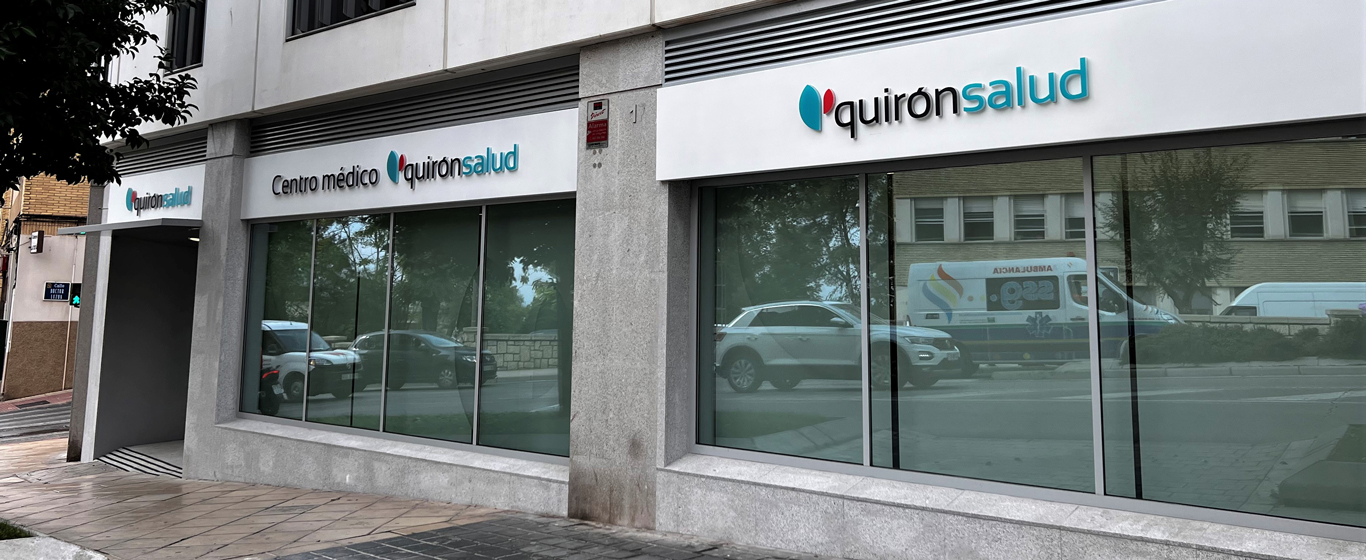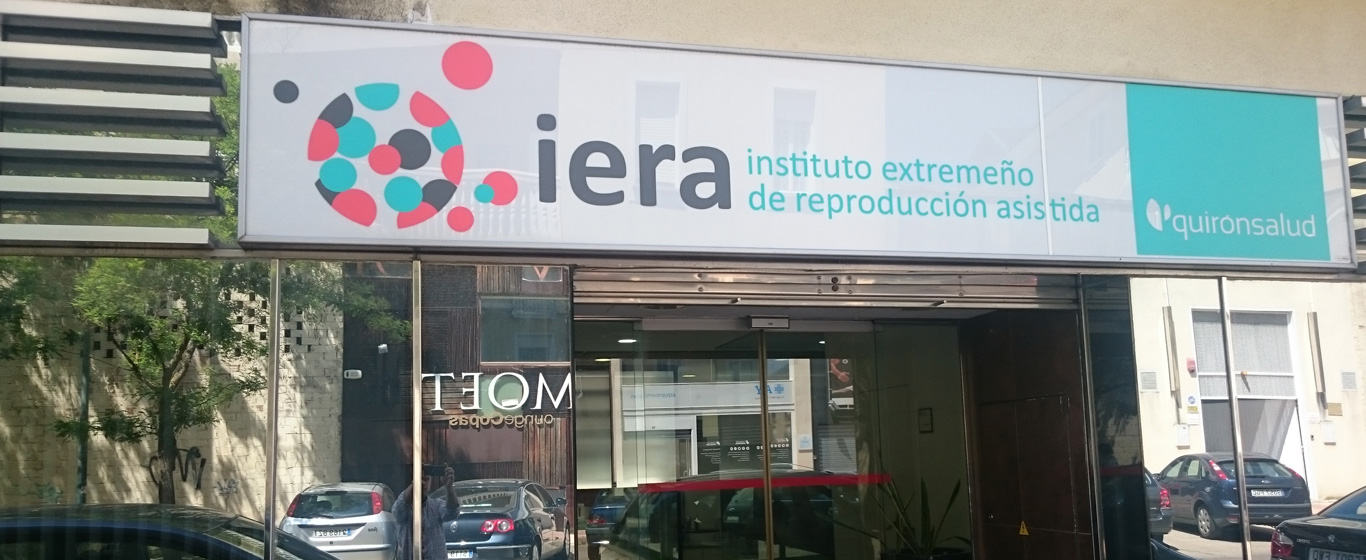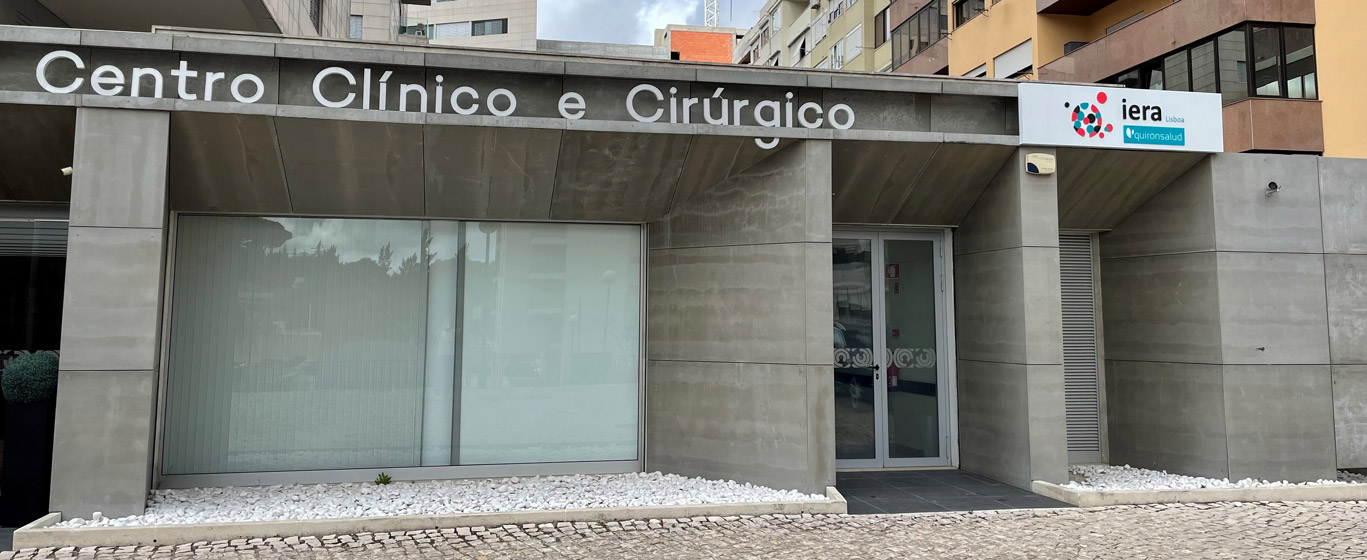Leiomyomas
Why do uterine fibroids form? All the information on the causes, symptoms, and treatments of these benign tumors.
Symptoms and Causes
Fibroids, also known as leiomyomas, fibromas, or fibromyomas, are benign tumors of the smooth muscle of the uterus. They are the most common tumors of the female reproductive system and possibly the most common benign tumor in women. Fibroids form from the aggregation of the uterus’s own muscle tissue, which takes on a rounded and well-defined shape.
Fibroids can vary in size and location within the uterus. They are often multiple, in which case the condition is referred to as a "fibroid uterus." According to the International Federation of Gynecology and Obstetrics (FIGO), the following types of fibroids are distinguished based on their location:
- Subserosal fibroids: These are the most common type. They are located on the outermost part of the uterus, beneath the visceral peritoneum or serosa, the most superficial layer of the uterus. They grow towards the abdominal cavity, can become quite large, and are usually asymptomatic.
- Intramural fibroids: These are located and remain within the myometrium, the uterine muscular layer.
- Submucosal fibroids: These appear beneath the endometrium, the innermost layer, displacing it as they grow and extending into the uterine cavity. This type is less common but more symptomatic.
- Pedunculated fibroids: These are subserosal or submucosal fibroids that detach and remain connected to the uterus by a thin stalk called a pedicle.
Fibroids have varied growth patterns: they can increase in size rapidly or very slowly, remain unchanged, undergo a phase of accelerated growth, or shrink on their own. They can also degenerate or even necrose if their growth is disproportionate to their blood supply: if the blood vessels connecting them cannot provide sufficient oxygen to the fibroid, its cells begin to die, and the fibroid reduces to a size that can be supported by the blood supply. It may also expand and degenerate again.
Symptoms
Most fibroids do not present symptoms. When symptoms do occur, they depend on the size and location of the fibroid. The most common symptoms are:
- Menorrhagia: very heavy menstrual bleeding with cyclical characteristics and longer duration. This is typically associated with submucosal fibroids.
- Metrorrhagia: bleeding between menstrual periods at irregular intervals.
- Dysmenorrhea: very painful periods.
- Pelvic pain, due to compression of nerves by the fibroid, expulsion of a severed fibroid, fibroid degeneration, or torsion of the pedicle.
- Frequent urination or difficulty urinating, caused by pressure on the bladder.
- Constipation, due to pressure on the intestines.
- Abdominal bloating.
Causes
The exact cause of fibroids is unknown, although it is believed to be related to genetic factors. The scientific community considers the possibility that they originate from the mutation of a single myocyte, a muscle tissue cell, which causes it to continuously replicate until it becomes a new mass: the fibroid. Their development is influenced by menstrual hormones, estrogen, and progesterone, which accelerate the abnormal growth of the muscle cells in the uterus. Therefore, they may appear between the first and last menstruation. Additionally, their growth may be promoted by other growth factors and hormonal imbalances that increase progesterone activity. As a result, fibroids tend to grow during pregnancy and decrease after childbirth and menopause.
Risk Factors
All women of reproductive age are susceptible to developing uterine fibroids. However, certain factors can increase the risk:
- Age: They are most commonly diagnosed between the ages of 30 and 40.
- Family history.
- Early menstruation, before the age of 10.
- Vitamin D deficiency.
- A diet high in red meat and low in vegetables and dairy.
- Obesity: female body fat produces an excess of estrogen.
Complications
Although uterine fibroids are generally not dangerous, they can cause problems such as:
- Anemia, due to excessive menstrual bleeding.
- Difficulty or inability to conceive: if fibroids compress the fallopian tubes, the egg cannot be fertilized. They can also distort the endometrial surface and make implantation difficult.
- Miscarriage: fibroids can cause a spontaneous abortion, especially submucosal fibroids that directly affect the uterine cavity and, depending on their size, can prevent the normal development of the embryo.
Prevention
Since the specific cause of fibroid formation is not established, the only prevention considered is promoting a healthy lifestyle and avoiding overweight through a diet rich in vegetables and vitamins, as well as regular exercise. It is also recommended to have regular gynecological check-ups to detect fibroids early.
Which doctor treats fibroids?
Uterine fibroids are diagnosed and treated by specialists in gynecology, obstetrics, and assisted reproduction units.
Diagnosis
Fibroids are often discovered incidentally during a routine pelvic exam when irregularities in the shape of the uterus suggest the presence of fibroids. If this occurs, further tests are conducted to confirm the diagnosis:
- Abdominal or transvaginal ultrasound: This produces images of the uterine cavity that confirm the location and size of the fibroids.
- Hysterosonography: If the ultrasound is inconclusive, a saline solution is injected into the uterus during the ultrasound to enhance visualization.
- Hysteroscopy: A camera is inserted through the vagina to facilitate the localization of submucosal fibroids.
- Laparoscopy: A camera is inserted through an incision in the abdomen, allowing better visualization of subserosal fibroids.
- Hysterosalpingography: A contrast liquid is used to visualize the uterus and fallopian tubes through X-ray images to check for blockages in the tubes.
Treatment
Treatment depends on the size of the fibroids, the severity of symptoms, and the patient's age. If symptoms are mild or nonexistent, no treatment is usually needed, and regular check-ups are recommended. If symptoms are present, the common treatments include:
- Pharmacological treatments: These do not eliminate the fibroids but reduce their size and the symptoms they cause.
- Hormonal contraceptives to regulate menstruation and pain.
- Intrauterine device (IUD) with progesterone: This alleviates heavy bleeding but does not reduce fibroids. It prevents pregnancy.
- Gonadotropin-releasing hormone (GnRH) analogs: These inhibit the hormones responsible for stimulating the production of estrogen and progesterone in the ovaries. They have side effects similar to menopause, and fibroids return after the treatment is discontinued.
- Selective progesterone receptor modulators (SPRMs): These block progesterone receptors in the fibroid, reducing its size and excessive bleeding.
Surgical Treatments: These are reserved for fibroids whose symptoms cannot be controlled with medication.
- Uterine artery embolization: Embolic particles are injected into the arteries that supply blood to the fibroids, blocking the blood flow and causing them to necrose.
- Radiofrequency ablation: Under ultrasound guidance, fibroids are identified, and radiofrequency energy is applied via a probe inserted through the abdomen, cervix, or vagina.
- High-intensity focused ultrasound (HIFU): Using ultrasound or MRI as a guide, fibroids are located, and sound waves are applied to destroy the fibroid tissue.
- Myomectomy: This involves the removal of fibroids via hysteroscopy or laparoscopy. This procedure does not prevent the formation of new fibroids in the future.
- Hysterectomy: This involves the partial or total removal of the uterus. It is a definitive treatment, recommended only for older women who do not wish to have children. It can be performed through open abdominal surgery, hysteroscopy, or laparoscopy.
- v-NOTES surgery (Vaginal Natural Orifice Transluminal Endoscopic Surgery): This innovative technique uses the body’s natural orifices, in this case, the vagina, to perform surgeries such as myomectomy or hysterectomy.





























